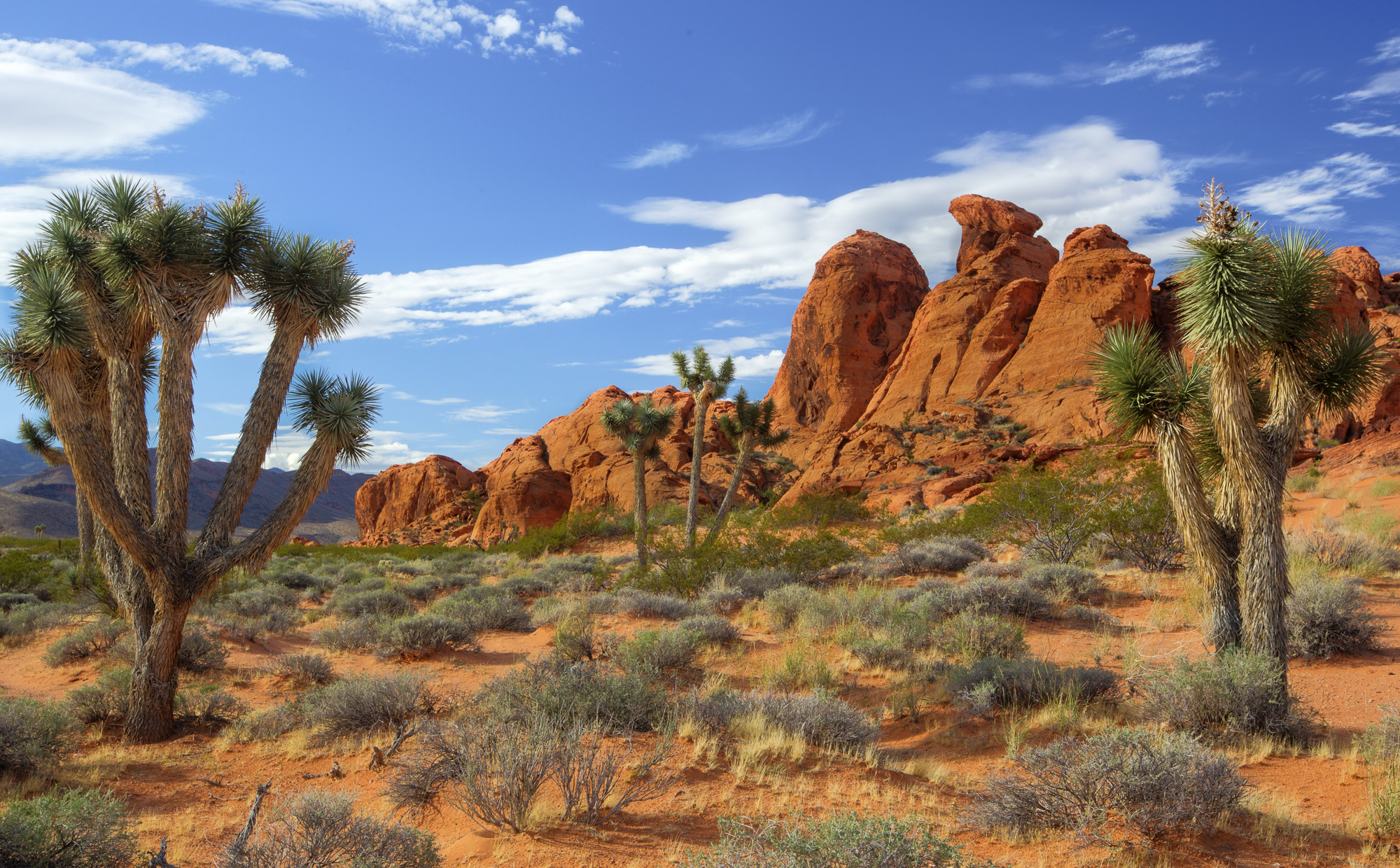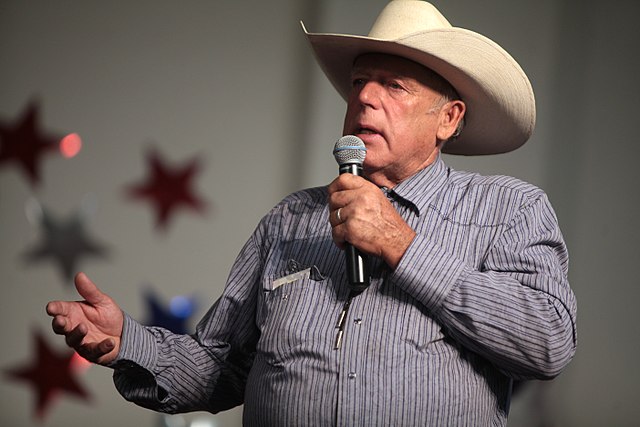Today anybody, including foreign companies (as long as they own a domestic corporate shell), can enter most federal public lands and stake a claim, which the government treats as a right to mine. The government cannot say no to such hardrock mining, no matter how inappropriate.
Read MoreThe Hard Case of Hardrock Mining Reform (Part 1): Where Done, If It Cannot Be Done Right, Then Do It the Least Wrong


















